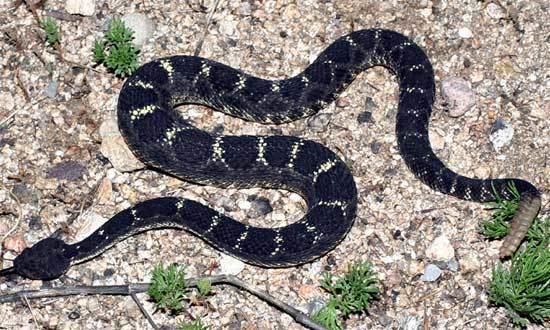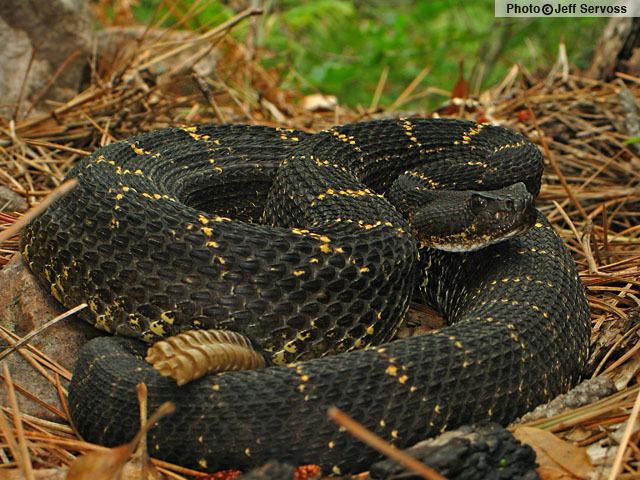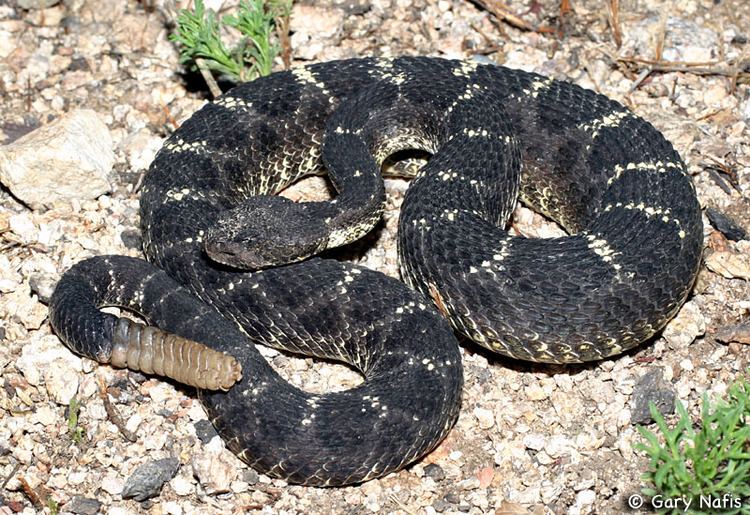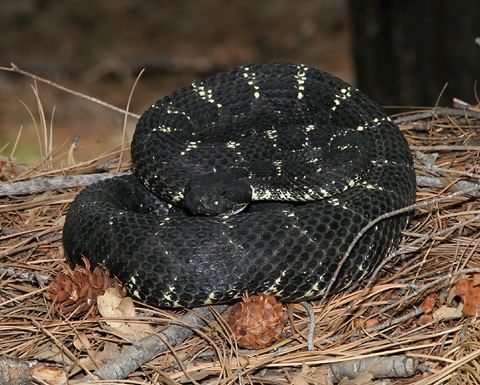Kingdom Animalia Suborder Serpentes Subfamily Crotalinae Phylum Chordata Rank Subspecies | Subphylum Vertebrata Family Viperidae Genus Crotalus Higher classification Crotalus oreganus Order Scaled reptiles | |
 | ||
Scientific name Crotalus oreganus cerberus Similar Rattlesnake, Snake, Crotalus oreganus, Crotalus tigris, Reptile | ||
Crotalus oreganus cerberus is a venomous pit viper subspecies found in the southwestern United States.
Contents
Description

According to Wright and Wright (1957), adults grow to an average length of 78–109 cm (31–43 in). Klauber (1997) reports the maximum length to be less at 1,032 mm (40 5⁄8 in), with the smallest gravid female measuring 701 mm (27 5⁄8 in). Hubbs and O'Connor (2012) list an adult size range of 812–1,219 mm (32.0–48.0 in).

The color pattern consists of a dark grayish, brownish black, reddish brown, or blackish ground color, overlaid with a dorsal pattern of blotches that are rectangular anteriorly, becoming subhexagonal posteriorly, eventually becoming crossbands just before the tail. However, specimens also may be a uniform dark color without any clear dorsal pattern, or the dorsal blotches may be even darker and bordered with white, cream, or yellow transverse rows of scales, or the color pattern may be quite pale with a significant amount of yellow mixed in. A postocular stripe is evident in lightly colored specimens, but not so much in darker ones.
Color change

Some adult Arizona black rattlesnakes can change color relatively quickly, an ability shared not only with chameleons but also with other snakes such as some species in the genus Tropidophis. Further research is needed to determine the mechanism and stimuli for this phenomenon in this rattlesnake.
Common names
Arizona black rattlesnake, black rattlesnake, black diamond rattlesnake, brown rattlesnake, Cerberus rattlesnake, mountain diamond-back. Also often incorrectly referred to as a timber rattlesnake.
Geographic range
Found in the United States, in Arizona from the Hualapai Mountains and Cottonwood Cliffs in the northwest of the state, southeast to the Santa Catalina, Rincon, Pinaleno and Blue Mountains. Also found at Steeple Rock, in extreme western New Mexico. The type locality given is "San Francisco Mountains" (Coconino County, Arizona, USA).
Diet
It preys upon suitably sized amphibians, reptiles, birds and their eggs, and mammals.
Reproduction
Sexually mature females bear live young in broods of 4 to 21 neonates. The Arizona black rattlesnake is the first species of snake observed to exhibit complex social behavior, and parenting behavior reminiscent of that in mammals. Females often remain with their young in nests for several weeks, and mothers have been observed cooperatively parenting their broods.
